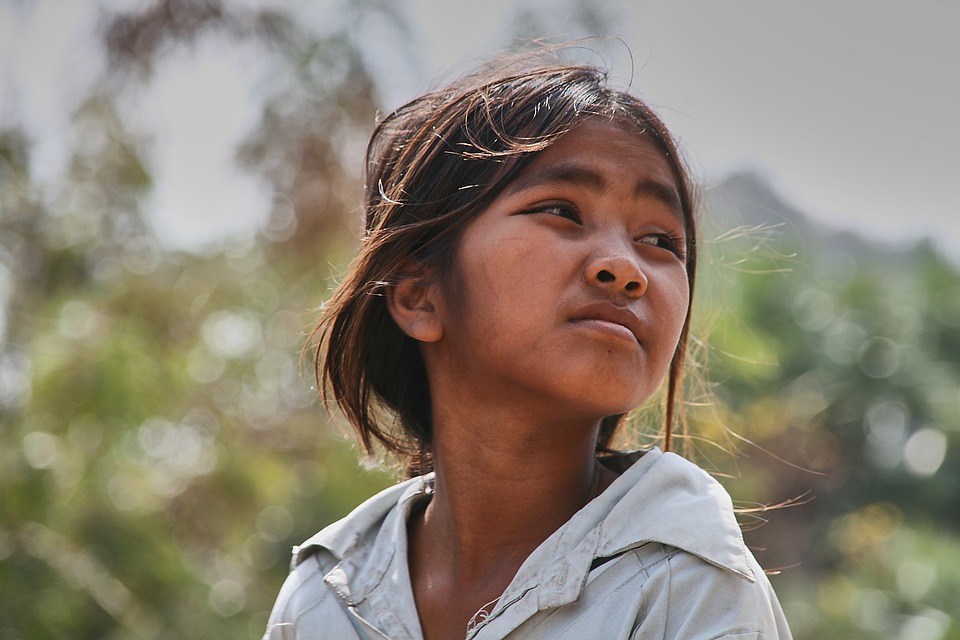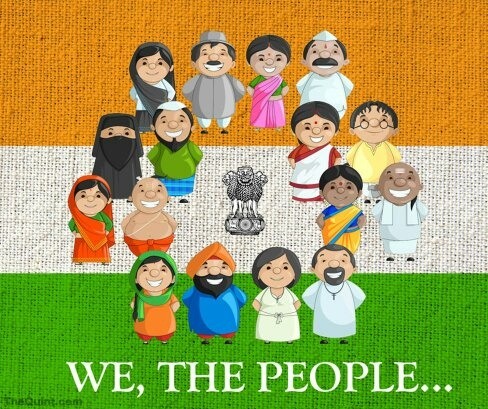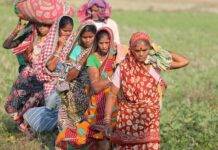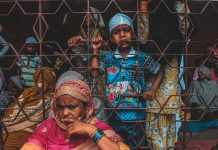In our day to day conversations about the coronavirus and the imposed phase of quarantine we often talk about the misery of the migrant workers who have had to walk for hundreds of kilometres to reunite with their families or the plight of the Indian poor, who in the absence of any source of livelihood are dying painful starvation deaths.
When we extend our conversation further, we tend to talk about women in homes where domestic abuse is rampant and even the thought of what must be going on in their lives with their abusive partners at home throughout, only sends shivers down our spines.
But in most of our conversations on the negative implications of the quarantine and the lockdown, we neglect the fate of thousands of street children who are actually among the worst hit by it.
The sudden imposition of a 21 day lockdown in India in order to control and contain the spread of the coronavirus has thrown the lives of millions of children into utter chaos. This is perhaps one of the worst times that these street children have ever seen, while we withdraw into the comforts of our homes with plenty to eat and drink, there is only hunger and degradation awaiting these children. Tens of thousands of these children have been calling helplines numbers asking for help while thousands of others are going to bed hungry as the country faces a total shutdown due to the coronavirus pandemic.
We must note at this point that India has the largest child population in the world and there are 472 million children in the country. Studies on the implications of the lockdown suggest that it has affected nearly 40 million children from poor families very adversely. The children who are worst affected by this pandemic include children who work on farms in rural areas, children who work as ragpickers, street vendors or sell knick-knacks at the traffic lights of cities.
These children who live under flyovers, on the streets or in narrow lanes and bylaws are the wort affected. The lockdown demands from everyone to stay at home but what about these street children, where would they go?
According to the official estimates, Delhi has about 70,000 street children but groups who work with these children say that the numbers are actually much larger. While the authorities suggest that they are doing everything to help out these street children especially in the metropolitan cities like India. The Delhi Commission for Protection of Child Rights has been distributing food to many street children and other vulnerable groups in the capital.
In several other cities of the country too, the local governments along with charitable organisations are distributing food to homeless people and children.
But despite these noble efforts we must acknowledge that the scale of the problem is quite daunting and it is a great challenge for the government to ensure that these homeless and destitute children are fed at least three meals a day.
But there is another challenge, this is of finding such children who don’t necessarily live in the more visible location but live away from the main roads, in areas which are not easily accessible.
It is really quite a challenge to be able to reach out to those children.
It is interesting to note that while children from extremely marginalised and poor families are the worst hit, even children of not so poor or even well off families are experiencing anxiety and stress due to the lockdown. In fact, a 24-hour emergency phone helpline for children, provided by the Indian government has seen a massive rise in the number of distress calls that it is receiving since the lockdown began on 24 March.
In the first save days of the shutdown, here are the number of calls that various helplines to help out children received-
1.Childline India Foundation received 300,000 calls/ week
2. A helpline that operates in 569 districts of India and at 128 railway stations in the country received about 1,000 calls per day pertaining to child abuse, violence against children and cases of missing children.
The people who resort to these helplines can either be the children themselves or an adult who may be calling on their behalf. Many a time children or adults who call on their behalf ask for food, treatment or about their anxieties or fear or about the abuse and violence at homes.
Children from the marginalised families are certainly the most affected in such hard times but if one were to also look at the anxiety and stress levels of children who go to schools, have relatively well to do families -it is alarming to see how vulnerable the lockdown has made them too. Children are reading and hearing all the time about the coronavirus and even if they just have a minor cold or cough, their parents worry and feel over anxious.
While in the beginning the lockdown seemed like a good opportunity to stay away from the stress of academics and the pressure of homework, but now many schools have resumed classes online with extensive pressure on children to cope up with the time already lost and the syllabus which had to be left mid-way due to the lockdown.
These children are stuck at home, isolated from friends and the wider society so panic and boredom are naturally taking a toll over both children and adults.
It is in times such as these that parents and children have to strike more quality conversations and be dialogic, this puts an enhanced responsibility on the parents of not just reassuring the child but also of answering her queries, dealing with her anxieties and enabling her to be more creative during the lockdown. While the lockdown has affected everyone, it is the children from the marginalised and poor families who are the worst hit. Let us spare a thought for them, before we complain about boredom of the lack o entertainment this quarantine.














